
Industry Events
The AI Infrastructure Race
What is the future of AI infrastructure, including GPUs, networking, and cloud solutions....
Read moreBoth produced by DriveNets and from industry leaders like TelecomTV and Light Reading, these videos highlight the disaggregated networking model, the distributed disaggregated router, providing the right answer for telco traffic growth by building networks like hyperscale clouds and more.

Industry Events
What is the future of AI infrastructure, including GPUs, networking, and cloud solutions....
Read more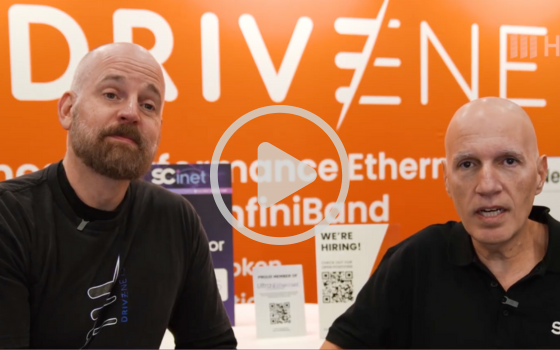
Industry Events
Explore how both in training and in inference, networking is the crucial part to...
Read more
Industry Events
Explore how Ethernet is expanding its reach beyond traditional scale-out and scale-across applications to...
Read more
Industry Events
Explore the three essential approaches to AI infrastructure scaling: scale up, scale out, and...
Read more
Videos
On-demand webinar where DriveNets and Semper Victus share cluster tuning best practices from Neocloud deployments.....
Read more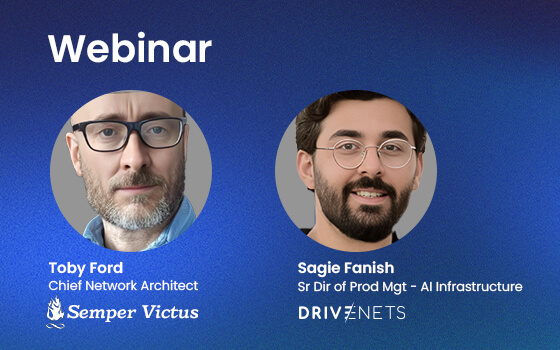
Videos
On-demand webinar where DriveNets and Semper Victus share cluster tuning best practices from Neocloud deployments.....
Read more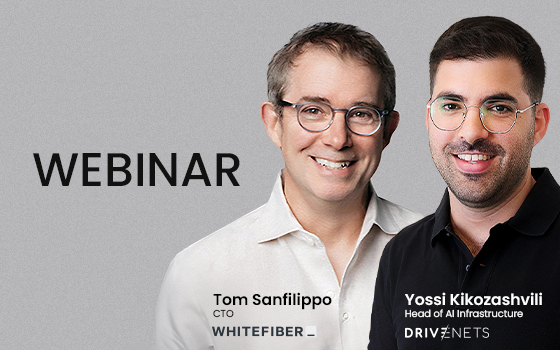
Videos
On-demand webinar exploring how the NeoCloud WhiteFiber successfully deployed a large-scale AI cluster using DriveNets...
Read more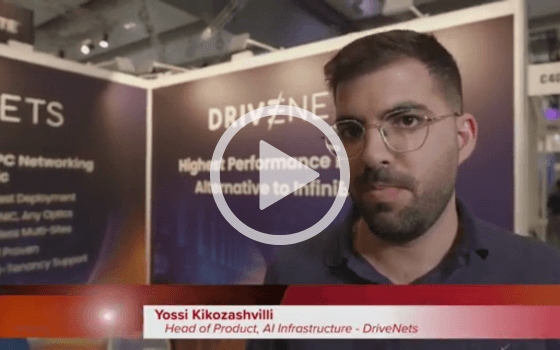
Industry Events
InsideHPC interviews DriveNets Head of AI Infrastructure, Yossi Kikozashvili, at ISC25 in Hamburg....
Read more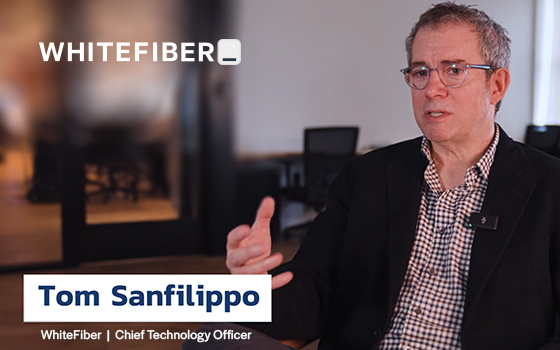
Videos
WhiteFiber CTO, Tom Sanfilippo, shares how DriveNets fabric scheduled Ethernet has allowed them to converge...
Read more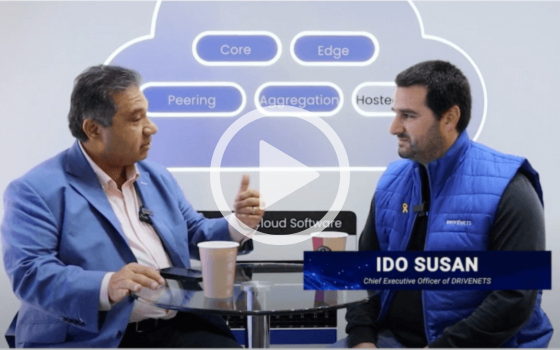
Industry Events
Zeus Kerravala of ZK Research interviews DriveNets CEO & Co-founder Ido Susan at MWC25 in...
Read more
Industry Events
DriveNets is enabling our service provider customers to modernize their network infrastructure - lowering both...
Read more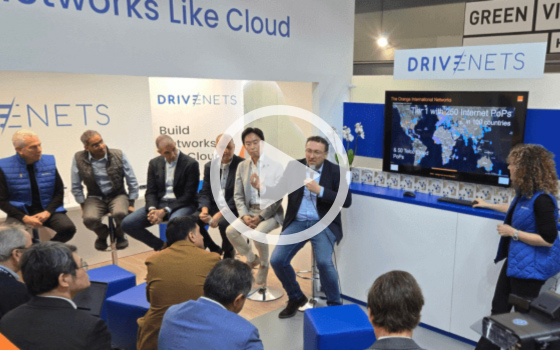
Industry Events
DriveNets is enabling our service provider customers to modernize their network infrastructure - lowering both...
Read more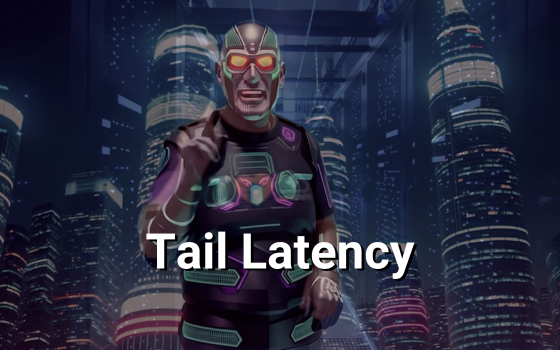
CloudNets Video
What's the importance of latency in AI networks. AI networks introduce new challenges that need...
Read more
CloudNets Video
What's the difference between DDC, DES, and DSF? ...
Read more
Industry Events
Dudy Cohen, VP Product Marketing at DriveNets, explores how AI cluster fabrics pose unique challenges...
Read more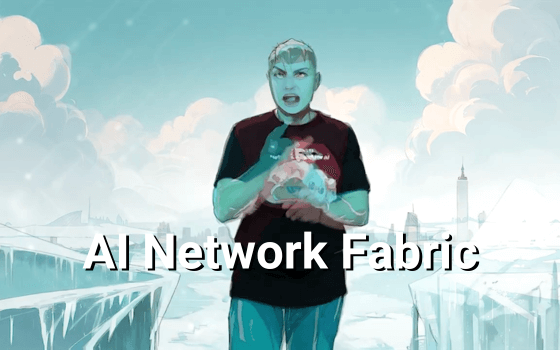
CloudNets Video
What are the different ways to implement AI fabric?...
Read more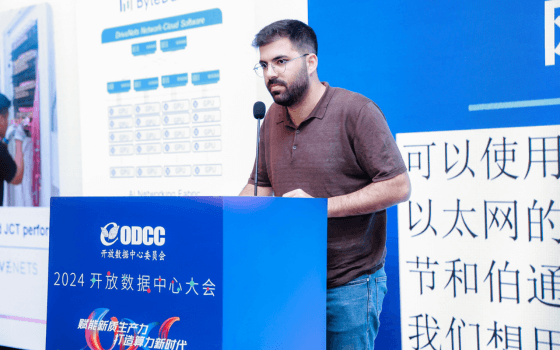
Industry Events
When building out a large-scale AI training clusters, the networking, and more specifically the cluster...
Read more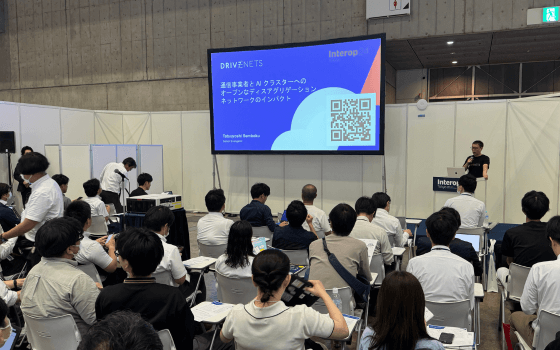
Industry Events
Keynote: discover how DriveNets Network Cloud is revolutionizing the way service providers and hyperscalers build...
Read more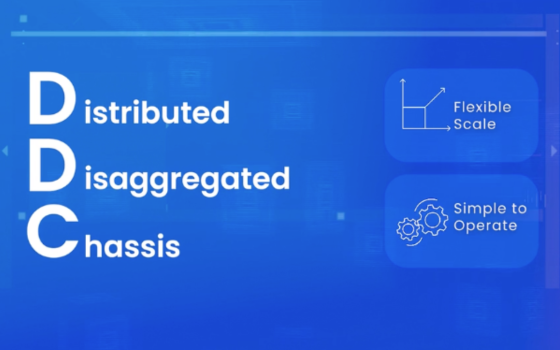
Videos
Distributed Disaggregated Chassis (DDC) is a new architecture for building flexible, high-scale networking systems –...
Read more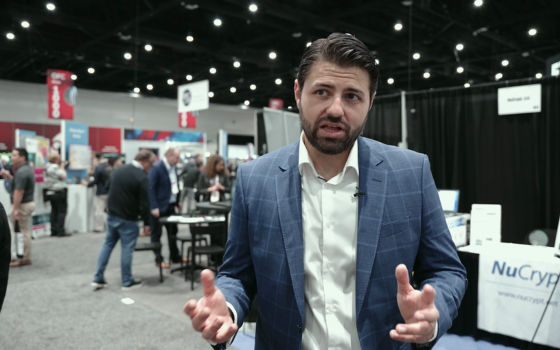
Industry Events
At OFC 2024, DriveNets' Calin Miculescu P.Eng demonstrates the future of networking,...
Read more
Industry Events
At MWC 2024, DriveNets founder and CEO Ido Susan and Chief Strategy Officer and co-founder...
Read more
CloudNets Video
Why is cell-based fabric is so much better than the alternative when it comes to...
Read more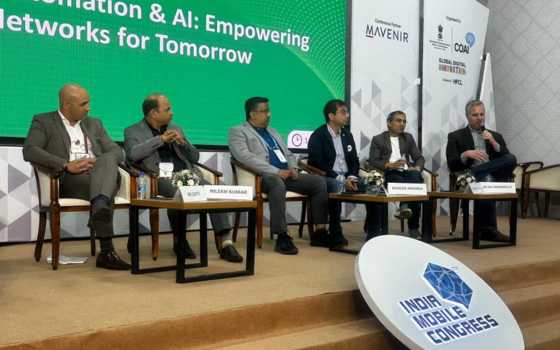
Industry Events
At India Mobile Congress, DriveNets shared how we're applying disaggregation on the infrastructure....
Read more
CloudNets Video
Chassis and Clos, which is better? Looking at the alternative, Distributed Disaggregated Chassis (DDC),...
Read more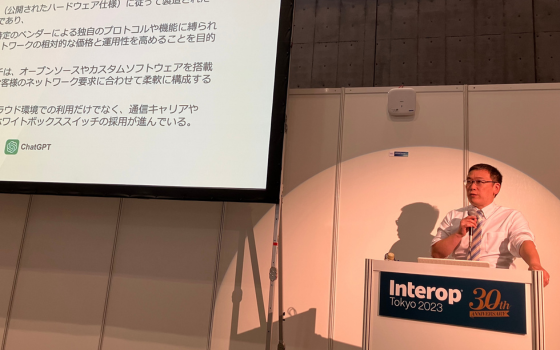
Industry Events
Keynote: explore the Distributed Disaggregated Chassis (DDC), attracting attention across the network industry....
Read more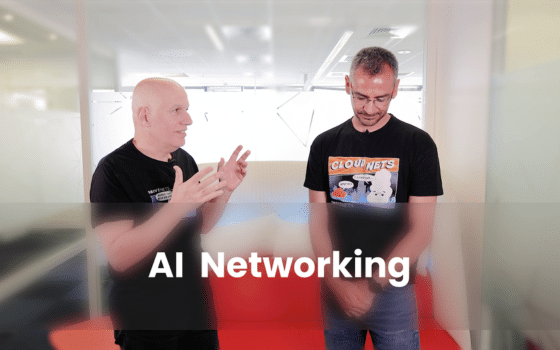
CloudNets Video
We're talking about AI, and specifically about AI networking....
Read more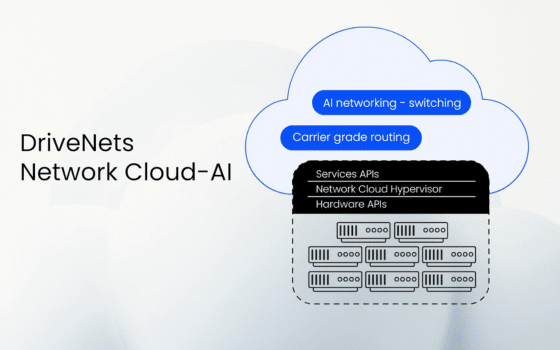
Videos
DriveNets Network Cloud-AI is the industry’s only solution capable of delivering the high performance of...
Read more
Industry Events
Maximize ML performance! How is the industry addressing AI networking performance?...
Read more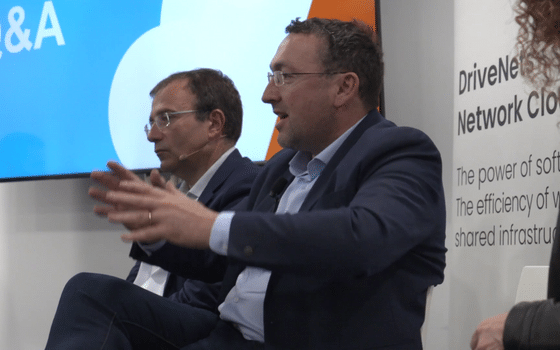
Industry Events
AT&T, Orange, and Telefonica shared their progress on disaggregated networking at a panel for analysts...
Read more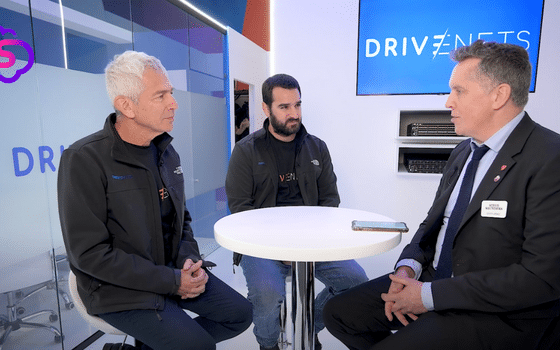
Industry Events
Silverlinings Steve Saunders sat down with DriveNets' founders Ido Susan (CEO) and Hillel Kobrinsky (Chief...
Read more
Videos
Video overview of DriveNets Network Orchestrator (DNOR), showing how it automates the deployment, scaling and...
Read more